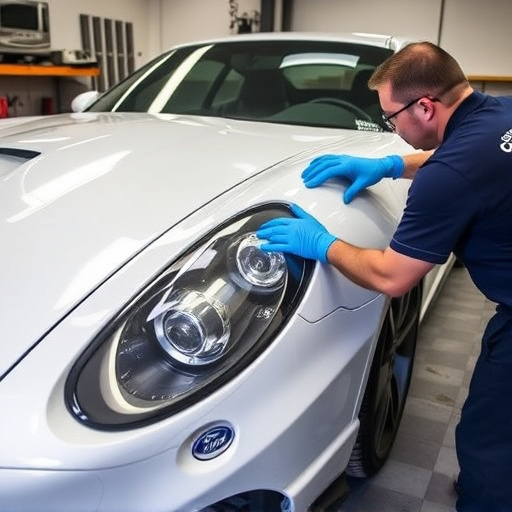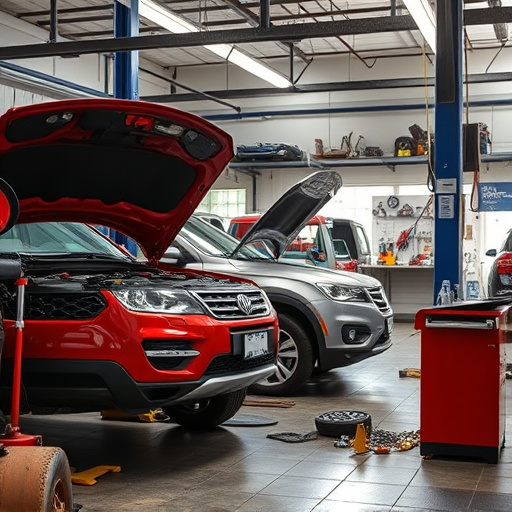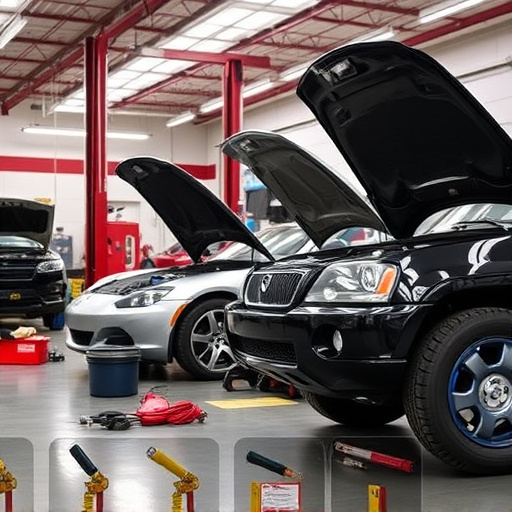PDR with Standards: Insurers’ Top Choice for Efficient Repair

Preferred Damage Repair (PDR) is a leading method in the automotive industry for its high-quality an…….
In the rapidly evolving world of product development and regulatory compliance, maintaining and ensuring product quality has become paramount. This is where ‘PDR Quality Standards’ step into the spotlight—a set of guidelines and protocols designed to elevate the standards of product development and delivery. This article aims to provide an in-depth exploration of PDR (Product Development and Regulation) quality standards, their impact, and their role in shaping various industries globally. By delving into its history, core principles, and future prospects, we will uncover why these standards are not just beneficial but essential for businesses and consumers alike.
PDR quality standards refer to a comprehensive set of guidelines and practices that govern the entire lifecycle of product development, from concept creation to post-market surveillance. These standards ensure that products meet specific safety, performance, and quality criteria, thereby protecting consumers and fostering market trust. The key components include:
The concept of PDR quality standards has evolved significantly over the past few decades in response to increasing consumer awareness, global trade, and technological advancements. The historical context can be traced back to the 1970s when product safety scandals prompted governments worldwide to introduce stricter regulations. For instance, the U.S. Food and Drug Administration (FDA) established guidelines for medical device safety, while Europe implemented the Directive on Medical Devices in 1993.
As global trade expanded, the need for standardized quality measures became evident to facilitate cross-border product movement. This led to international collaborations like the International Organization for Standardization (ISO), which developed various standards, including ISO 9001 for quality management systems. Over time, PDR quality standards have become more sophisticated, incorporating advanced testing methods, risk-based approaches, and digital tools for improved efficiency.
PDR quality standards have a profound global impact, influencing product development and regulatory practices across industries. Their international influence is evident in the widespread adoption of ISO standards and the harmonization efforts of regional bodies like the FDA, European Medicines Agency (EMA), and Japan’s Pharmaceuticals and Medical Devices Agency (PMDA). These organizations collaborate to ensure that products meeting quality standards can be approved and sold worldwide.
While there are universal principles, regional variations in PDR quality standards exist due to cultural, economic, and historical factors:
PDR quality standards have a significant impact on market dynamics and investment patterns:
Industries like pharmaceuticals, medical devices, and consumer goods heavily invest in ensuring PDR compliance to maintain market access and protect their reputation. According to a report by Grand View Research, the global quality assurance testing services market size was valued at USD 32.7 billion in 2020 and is expected to grow at a CAGR of 8.5% from 2021 to 2028. This growth is driven by the increasing need for product testing and validation, particularly with rising product complexity and global trade.
Technological advancements have revolutionized PDR quality standards in several ways:
The future holds immense potential for technology to enhance PDR quality standards:
The development of PDR quality standards is guided by various policies and legislative frameworks:
These policies influence the development of PDR standards through:
Despite their benefits, PDR quality standards face several challenges:
To address these issues, the following strategies can be employed:
The following case studies highlight the successful implementation of PDR quality standards:
Case Study 1: Apple Inc.’s Quality Assurance
Apple has consistently set high standards for product quality and customer satisfaction. They employ rigorous testing protocols, including real-world scenarios, to ensure their devices meet performance expectations. Apple’s focus on design aesthetics and user experience, coupled with stringent manufacturing controls, has led to a strong brand reputation and loyal customer base.
Case Study 2: Pfizer’s COVID-19 Vaccine Development
During the global pandemic, Pfizer’s rapid development and successful deployment of its COVID-19 vaccine showcased the importance of robust PDR quality standards. Their adherence to GMP guidelines, along with extensive clinical trials and data validation, ensured the safety and efficacy of the vaccine, earning global trust.
Case Study 3: Toyota Motor Corporation’s Lean Manufacturing
Toyota’s lean manufacturing philosophy emphasizes continuous improvement and quality at every step. They use tools like Kaizen events and statistical process control to identify and eliminate waste, resulting in high-quality products and efficient production processes. This approach has contributed to Toyota’s reputation for reliability and customer satisfaction.
The future of PDR quality standards is filled with growth opportunities and emerging trends:
To stay ahead in the evolving landscape, businesses should:
PDR quality standards are a cornerstone of modern product development and regulation, shaping industries worldwide. This article has provided an in-depth exploration of their history, core components, global impact, economic considerations, technological advancements, policies, challenges, and future prospects. By understanding these standards, businesses can navigate the complex regulatory environment, ensure product excellence, and foster consumer trust. As technology evolves and global trade continues to grow, PDR quality standards will remain a critical aspect of driving innovation while ensuring safety and quality.
Q: What are PDR quality standards, and why are they important?
A: PDR quality standards are guidelines and protocols that ensure product development and delivery meet specific safety, performance, and quality criteria. They are essential for consumer protection, market trust, and facilitating global trade by providing a common framework for product regulation.
Q: How do regional variations in regulations impact global businesses?
A: Regional differences can create challenges for multinational companies as they navigate varying requirements and standards. However, harmonization efforts and international collaborations help streamline the process, enabling businesses to comply with multiple jurisdictions while maintaining consistent product quality.
Q: What role does technology play in enhancing PDR quality standards?
A: Technology revolutionizes PDR quality standards by digitizing processes, improving data analysis, and enabling advanced testing methods. AI, IoT, and blockchain are some technologies that have the potential to transform quality assurance, making it more efficient, accurate, and secure.
Q: How can companies ensure compliance with evolving PDR standards?
A: Businesses should stay informed about regulatory changes, invest in training and resources, adopt digital tools for efficiency, and foster a culture of continuous improvement. Engaging with industry associations and global collaborations can also help keep up with the latest trends and best practices.
Q: What are some common challenges faced by industries in implementing PDR standards?
A: Challenges include complexity, cost implications, global disparities, and technological gaps. However, proactive strategies like standardization, incentivization, capacity building, and global partnerships can help overcome these obstacles.

Preferred Damage Repair (PDR) is a leading method in the automotive industry for its high-quality an…….

Adopting PDR quality standards enables automotive workshops to provide superior repairs, differentia…….

Adhering to PDR quality standards is crucial in luxury vehicle repair, ensuring expert dent removal…….

PDR quality standards ensure excellence in auto body repair by focusing on meticulous painting and s…….

PDR quality standards transform auto industry benchmarks, ensuring top repair work and customer sati…….

PDR quality standards are detailed guidelines ensuring excellence in paintless dent repair services……..

Adopting PDR quality standards in your vehicle body shop boosts precision, efficiency, and customer…….

PDR quality standards are vital for auto collision centers to build trust and positive online review…….

Clients opting for premium Paintless Dent Repair (PDR) services expect exceptional PDR quality stand…….

The Professional Standards for Dent Repair (PDR) set a high bar for vehicle repair quality, emphasiz…….